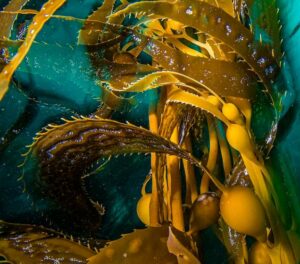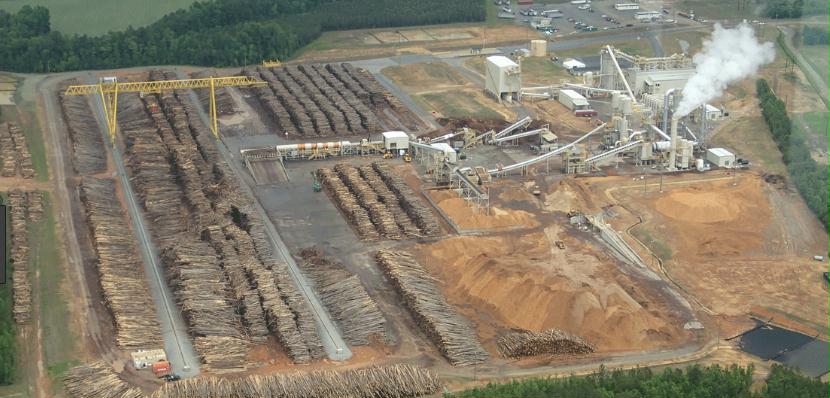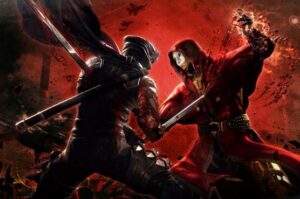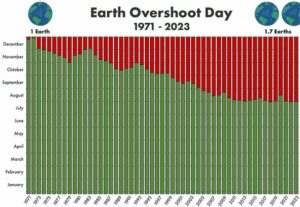
Preface. Here are just a few of the dozens of reasons why seaweed can’t make a dent in energy supplies:
- A negative return on investment like corn ethanol
- No commercial biofuels are being made from it. Kelp is mainly used for food, animal feed, fertilizer, cosmetics, etc.
- As a monocrop it is just as vulnerable to pests as land crops and pesticides can’t be used to protect them
- The most desirable kelp is the massive brown variety which only grows in water 43 to 57 F where there are rocks to attach to and protected from storm waves and strong currents
- Like land biomass, it doesn’t scale up (Friedemann 2007). A U.S. Department of Energy study states that if we could increase world-wide production of seaweed 10.5 fold, we could produce 1% of United States domestic gasoline supply (Roesijadi)
And if Jehn et al (2024) is right, we’ll need all the seaweed we can get to survive after a nuclear war. This is because nuclear winter will block sunlight and prevent crops from growing. But some plants may survive better than others, especially seaweed, which is also very nutritious. After all, do you want to eat, or drive?





 Preface. Much of this post is based on Miriam Pemberton’s 2023 book “Six Stops on the National Security Tour”. Large sections of the book are about why past attempts to cash in on the ending of the cold War since 1991 or even before that didn’t work out. She proposes that military funding should be diverted now to prevent the climate crisis to set up companies to build electric vehicles, wind turbines and more.
Preface. Much of this post is based on Miriam Pemberton’s 2023 book “Six Stops on the National Security Tour”. Large sections of the book are about why past attempts to cash in on the ending of the cold War since 1991 or even before that didn’t work out. She proposes that military funding should be diverted now to prevent the climate crisis to set up companies to build electric vehicles, wind turbines and more.


